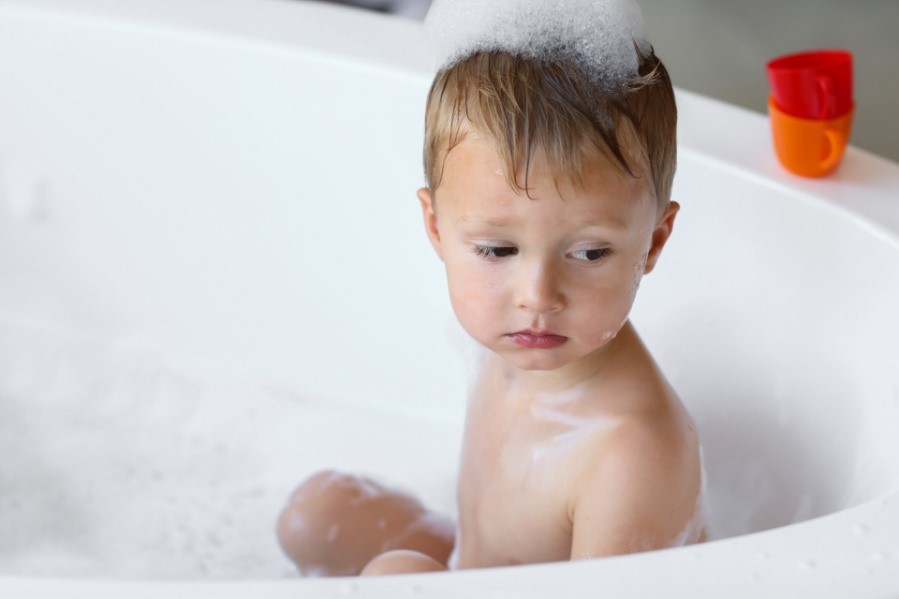Epidermolysis bullosa
Others
4.1. Topical measures and physical measures
Hygiene and skin care
- Baths. Regarding its frequency it is important to individualize, since, although there are patients who need to bath daily (improving the wound decontamination and minimizing the itching sensation, perceiving a better sensation and management of pain, etc.), others avoid it because they find it painful.
There are some bath products without soap and oat-based that might help with the itch management. Those who take baths with diluted bleach to control infections should take into account the importance of rinsing very well with water to prevent itching. Likewise, there are bath products and/or antimicrobial moisturizers (benzalkonium, chlorhexidine, etc.) subject to medical prescription, which could help manage itching.
.

- Hydration. In addition to the importance of properly hydrating the body by drinking enough water, it is essential to hydrate the skin using moisturizing products both in the bathroom and after it. Topical emollients (oil moisturizers, lotions and/or soothing or moisturizing creams) are useful, and it is recommended to choose the density of the product based on what is most comfortable for the affected person and based on the need for hydration (the densest ointment-type are more penetrating than lotion-type, but usually less well tolerated).
Moisturizers containing sodium lauryl sulphate should be avoided, as they could aggravate skin damage. There is no “star product” and each person with EB will tolerate a specific product better or worse. Some of the maintenance products that professionals might recommend are:
- Cooling products or soothing balms with menthol, calamine, camphor and/or eucalyptus, to promote a sensation of freshness in the body, but always supervised by doctors and on skin without ulcers.
- Moisturizing oils applied wet, during the bath.
- Emollients or lotions.
- Body moisturizers with or without oatmeal.
Physical measures
- Some of the recommended measures, already mentioned as preventive, are: offer alternatives to scratching to help break the neurological transmission of the itchy sensation (for example, apply firm pressure to the itch site or to a contralateral area), apply ice or cold clothing to the affected area, use hydrogel dressings with cooling action, etc. There is a wet wrap technique that consists of covering the skin with a primary dressing and then applying wet compresses or bandages; however, it is important to monitor the temperature especially in smaller patients, as well as their tolerance to prolonged humidity, subsequently ensuring that the skin is well dried.
Last modified
02 April 2025